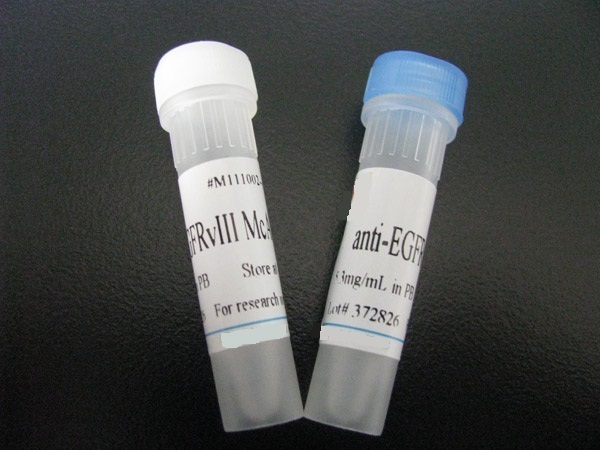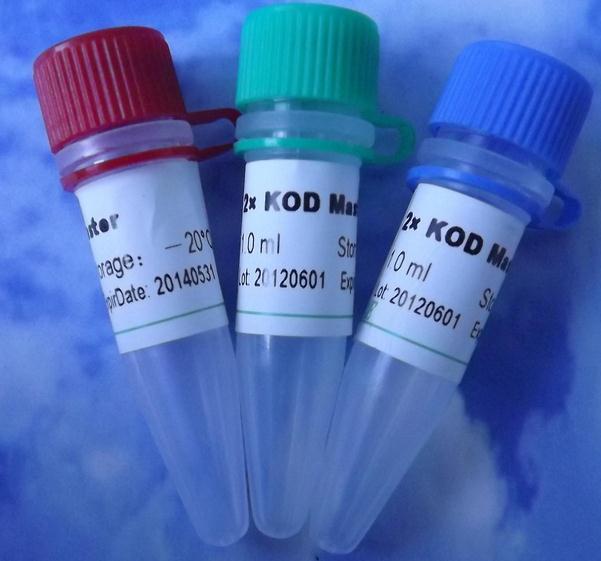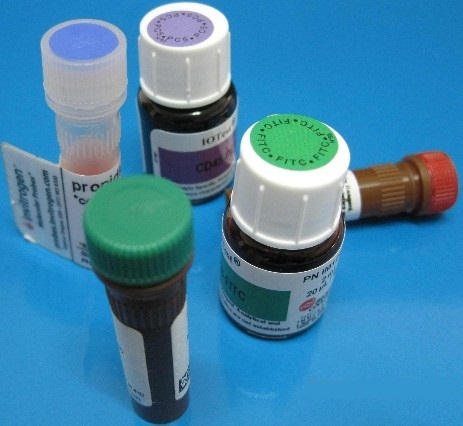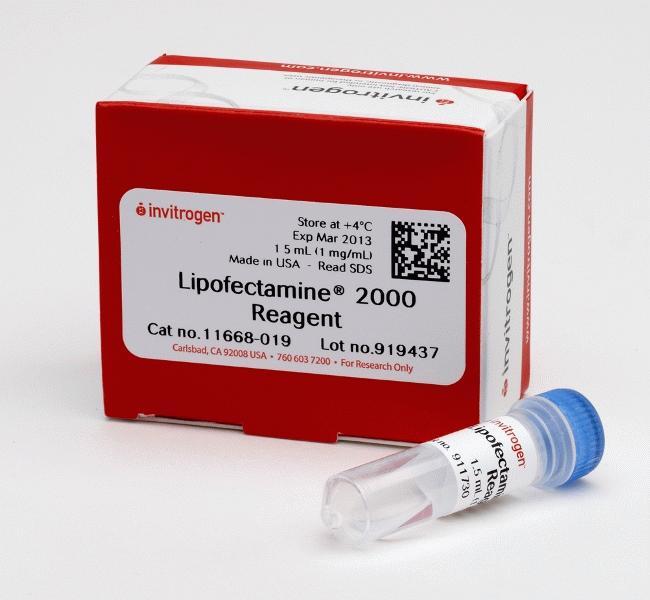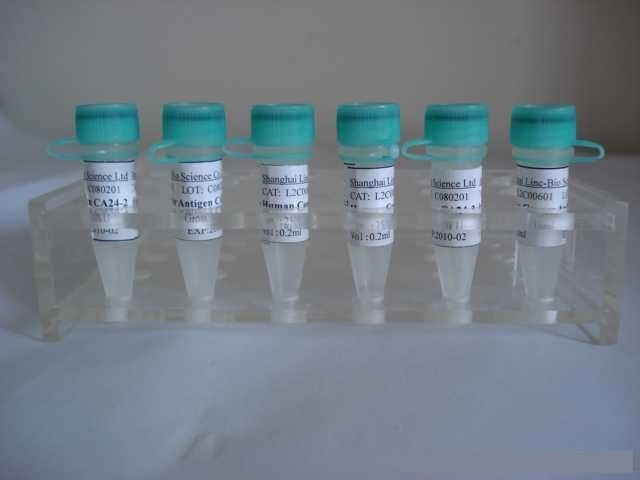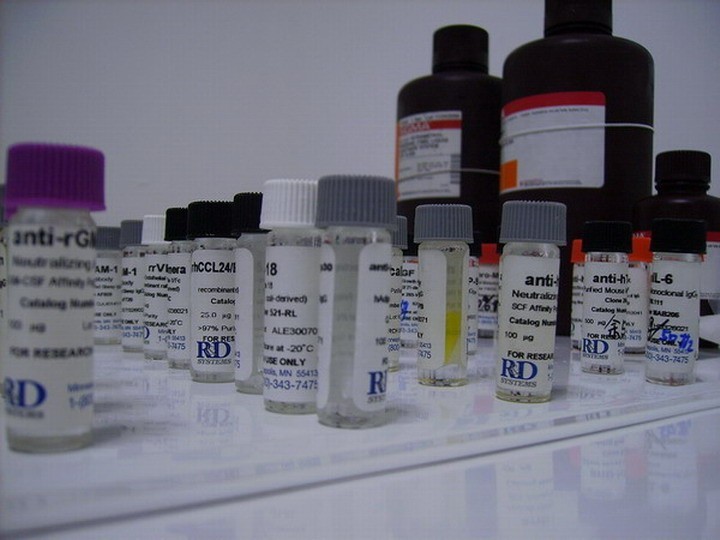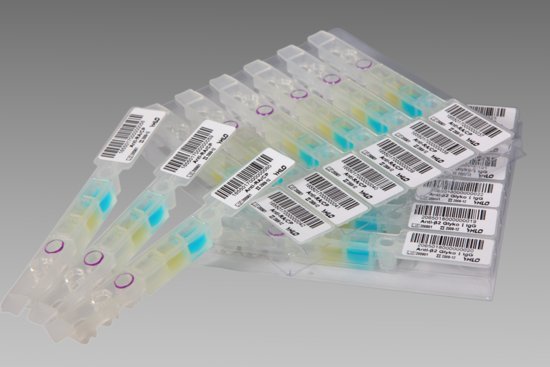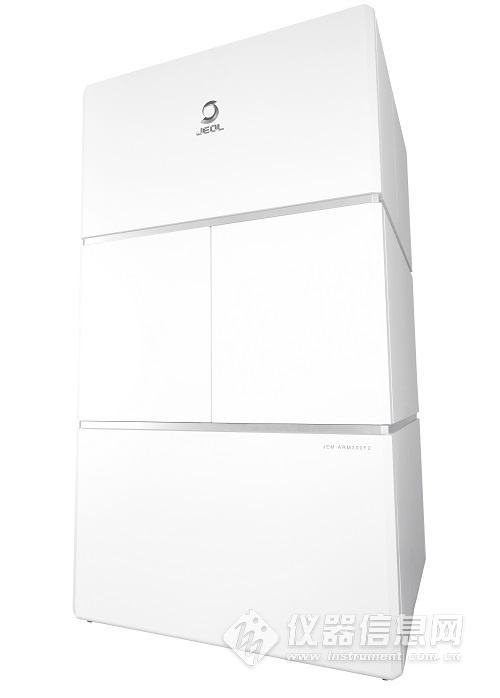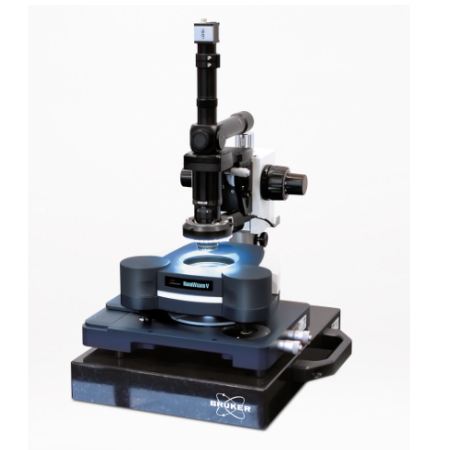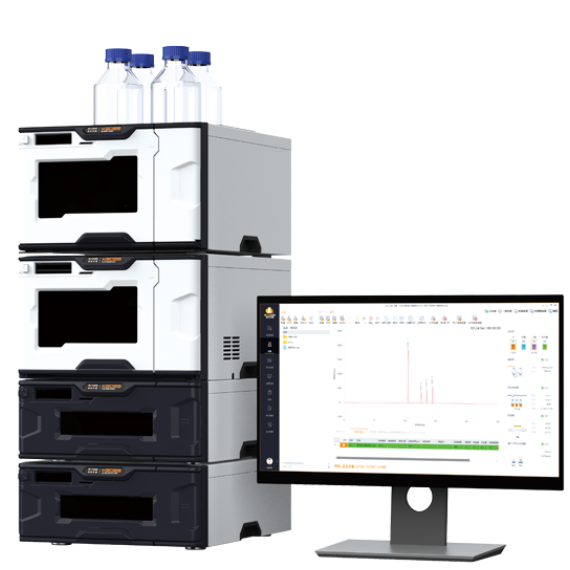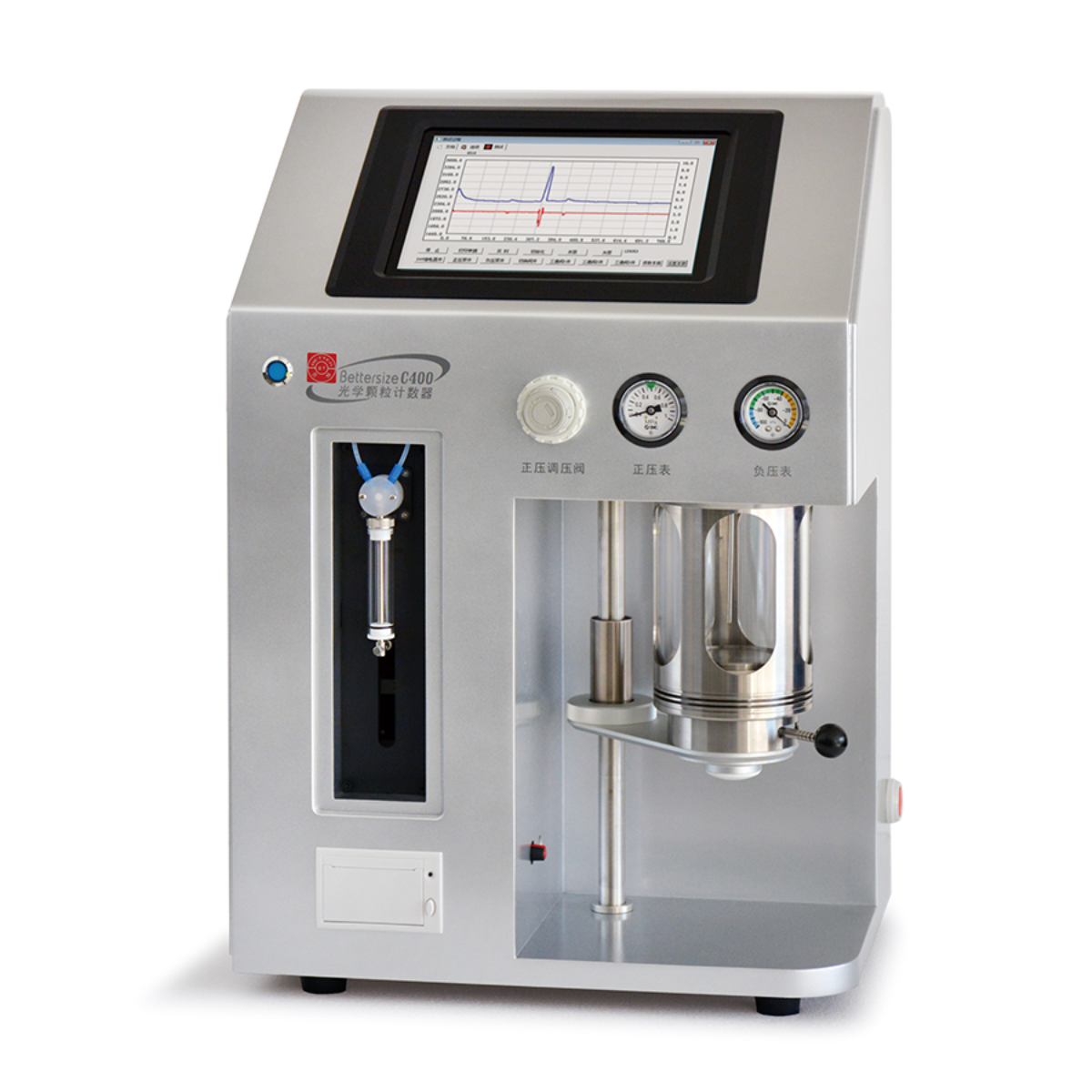、肿瘤抑制/凋亡抗体、信号分子抗体、结构蛋白抗体、磷酸化特异抗体、融合蛋白tag抗体、非哺乳动物蛋白抗体、细胞周期蛋白抗体、转录调节蛋白抗体、类固醇受体抗体、膜受体抗体、亚细胞标记抗体、同源结构域蛋白抗体、运输蛋白抗体、生长因子和激素抗体、神经生物抗体、激酶和磷酸化抗体、GDP/GTP结合蛋白抗体、合成降解蛋白抗体、离子通道抗体、淋巴细胞信号抗体、细胞粘附因子抗体、流式抗体等抗体种类,价格合理,品质有保障!
抗体来源 Rabbit
克隆类型 polyclonal
交叉反应 Human, Mouse, Rat, Dog, Pig, Cow, Horse, Rabbit, Sheep
产品类型 一抗
研究领域 通道蛋白
蛋白分子量 predicted molecular weight: 137kDa
性 状 Lyophilized or Liquid
免 疫 原 KLH conjugated synthetic peptide derived from human BK channel (1197-1236aa)
亚 型 IgG
纯化方法 affinity purified by Protein A
储 存 液 0.01M PBS, pH 7.4 with 10 mg/ml BSA and 0.1% Sodium azide
产品应用 IHC-P=1:100-500 IHC-F=1:100-500
(石蜡切片需做抗原修复)
not yet tested in other applications.
optimal dilutions/concentrations should be determined by the end user.
保存条件 Store at -20 °C for one year. Avoid repeated freeze/thaw cycles. The lyophilized antibody is stable at room temperature for at least one month and for greater than a year when kept at -20°C. When reconstituted in sterile pH 7.4 0.01M PBS or diluent of antibody the antibody is stable for at least two weeks at 2-4 °C.
Important Note This product as supplied is intended for research use only, not for use in human, therapeutic or diagnostic applications.
钙激活钾通道蛋白 α 1抗体产品介绍 MaxiK channels are large conductance, voltage and calcium-sensitive potassium channels which are fundamental to the control of smooth muscle tone and neuronal excitability. MaxiK channels can be formed by 2 subunits: the pore-forming alpha subunit, which is the product of this gene, and the modulatory beta subunit. Intracellular calcium regulates the physical association between the alpha and beta subunits. Alternatively spliced transcript variants encoding different isoforms have been identified. [provided by RefSeq, Jul 2008].
Function : Potassium channel activated by both membrane depolarization or increase in cytosolic Ca(2+) that mediates export of K(+). It is also activated by the concentration of cytosolic Mg(2+). Its activation dampens the excitatory events that elevate the cytosolic Ca(2+) concentration and/or depolarize the cell membrane. It therefore contributes to repolarization of the membrane potential. Plays a key role in controlling excitability in a number of systems, such as regulation of the contraction of smooth muscle, the tuning of hair cells in the cochlea, regulation of transmitter release, and innate immunity. In smooth muscles, its activation by high level of Ca(2+), caused by ryanodine receptors in the sarcoplasmic reticulum, regulates the membrane potential. In cochlea cells, its number and kinetic properties partly determine the characteristic frequency of each hair cell and thereby helps to establish a tonotopic map. Kinetics of KCNMA1 channels are determined by alternative splicing, phosphorylation status and its combination with modulating beta subunits. Highly sensitive to both iberiotoxin (IbTx) and charybdotoxin (CTX).
Subunit : Homotetramer.
Subcellular Location : Membrane; Multi-pass membrane protein.
Tissue Specificity : Widely expressed. Except in myocytes, it is almost ubiquitously expressed.
Post-translational modifications : Phosphorylated (Probable). Phosphorylation by kinases such as PKA and/or PKG. In smooth muscles, phosphorylation affects its activity.
DISEASE : Defects in KCNMA1 are the cause of generalized epilepsy and paroxysmal dyskinesia (GEPD) [MIM:609446]. Epilepsy is one of the most common and debilitating neurological disorders. Paroxysmal dyskinesias are neurological disorders characterized by sudden, unpredictable, disabling attacks of involuntary movement often requiring life-long treatment. The coexistence of epilepsy and paroxysmal dyskinesia in the same individual or family is an increasingly recognized phenomenon. Patients manifest absence seizures, generalized tonic-clonic seizures, paroxysmal nonkinesigenic dyskinesia, involuntary dystonic or choreiform movements. Onset is usually in childhood and patients may have seizures only, dyskinesia only, or both.
Similarity : Belongs to the potassium channel family. Calcium-activated (TC 1.A.1.3) subfamily. KCa1.1/KCNMA1 sub-subfamily.
Contains 1 RCK N-terminal domain.
Database links : UniProtKB/Swiss-Prot: Q12791.2
![]()




